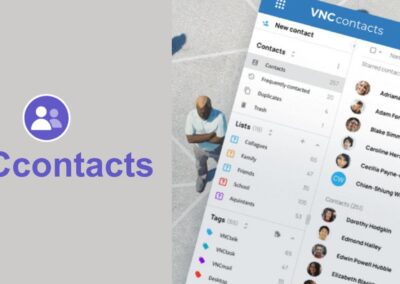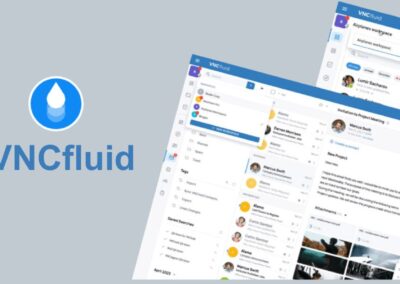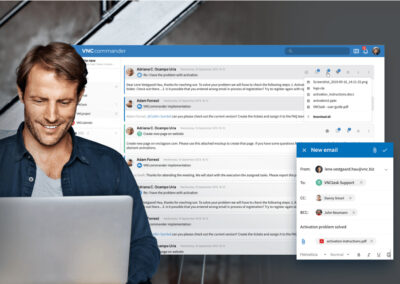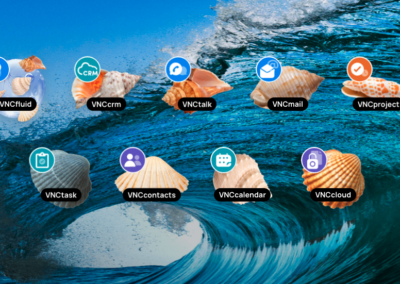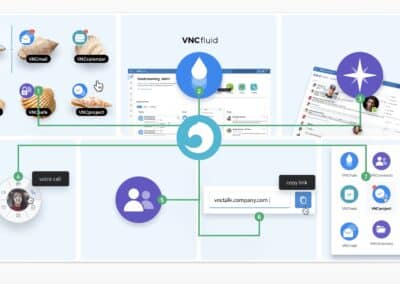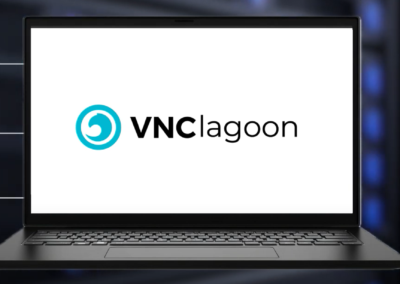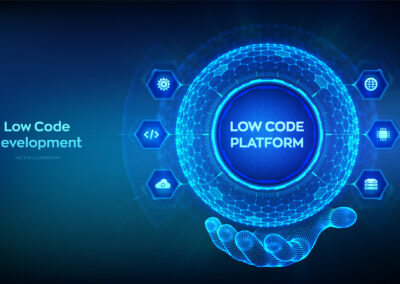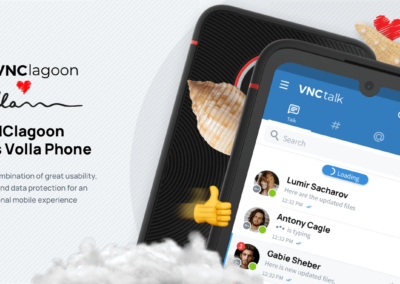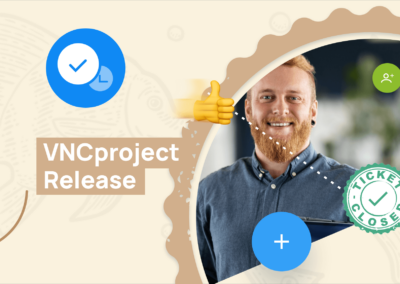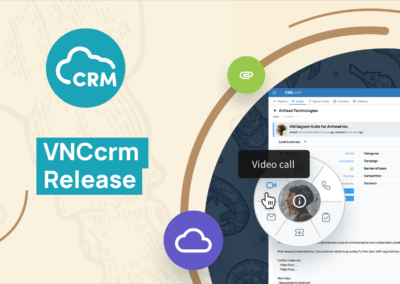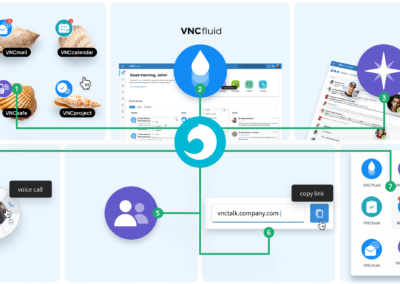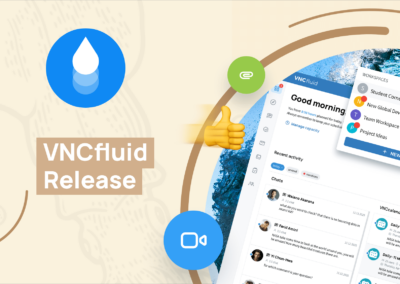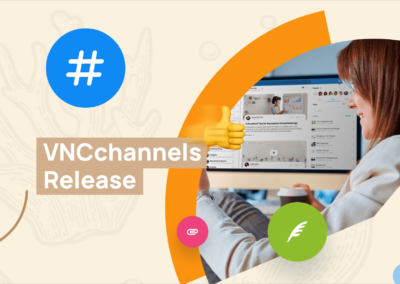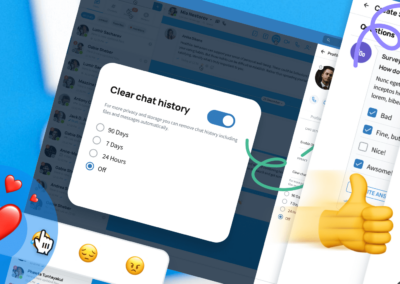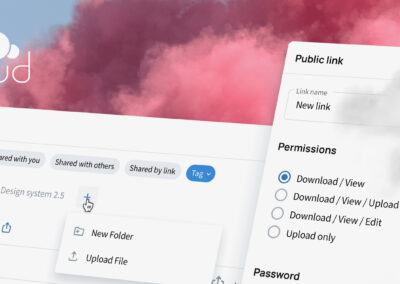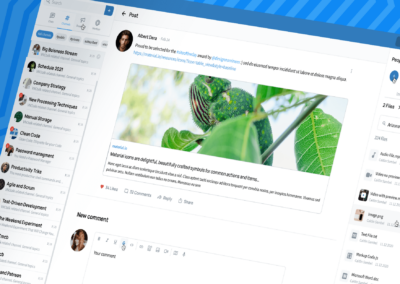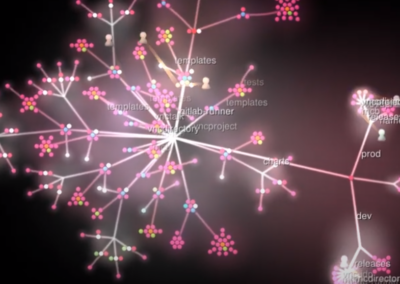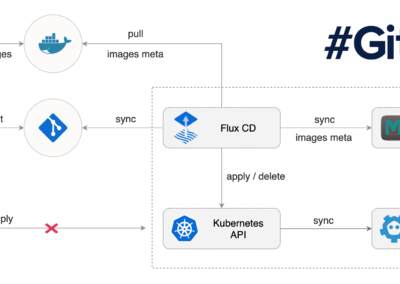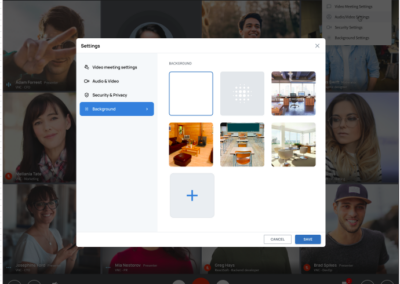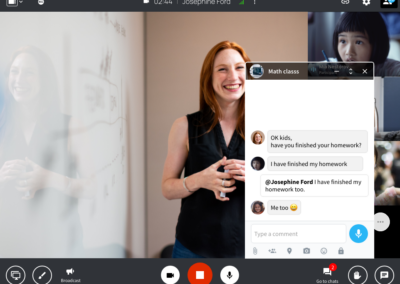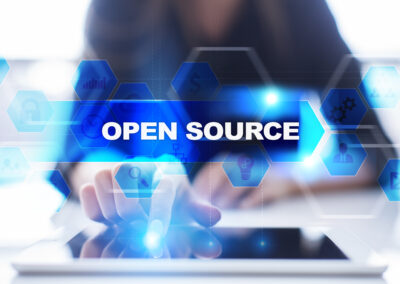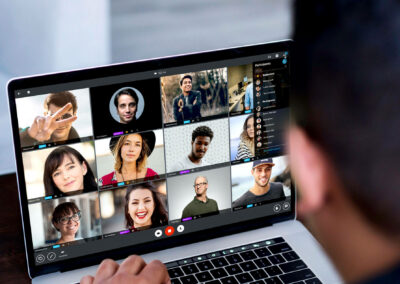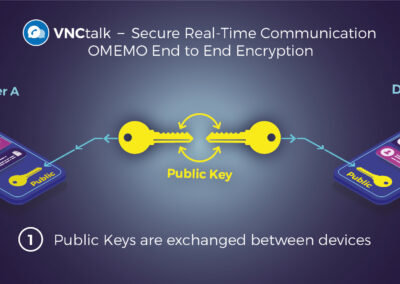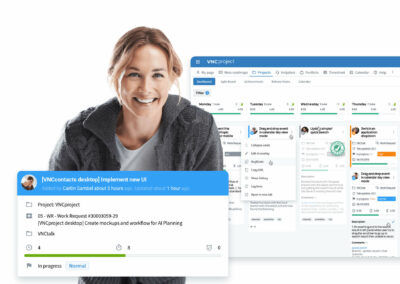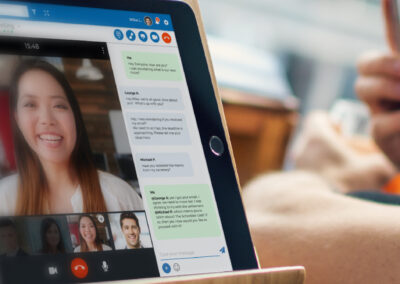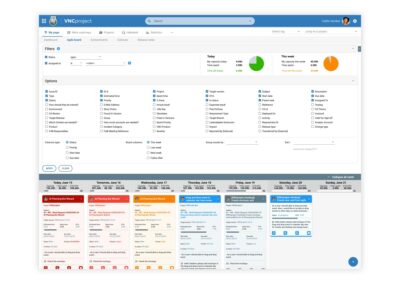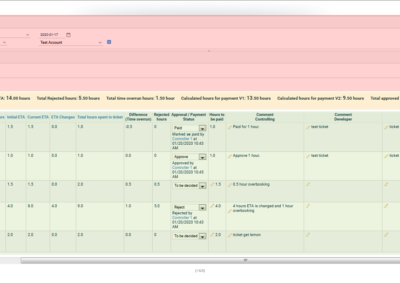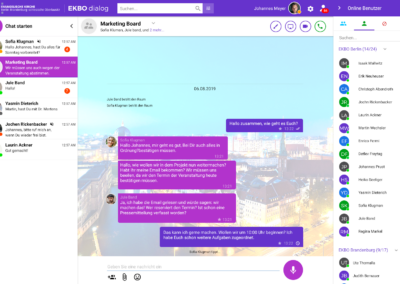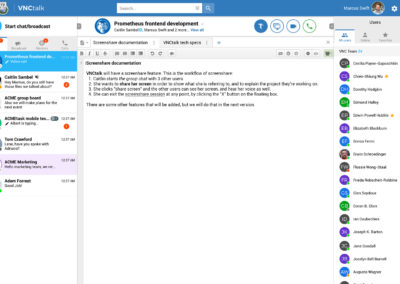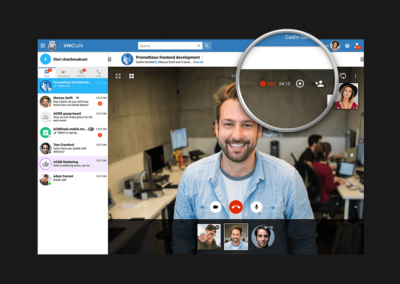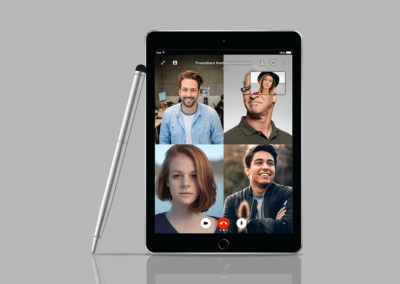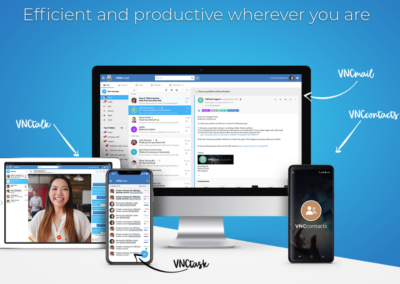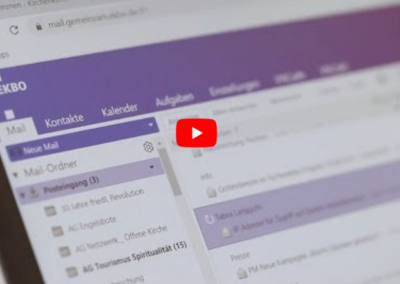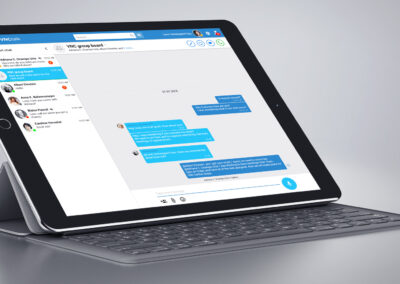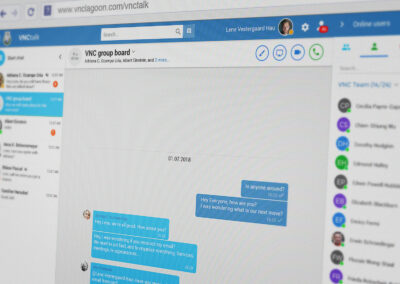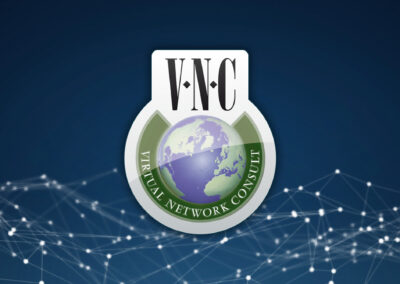On 26.05.2020, the OSB Alliance published a statement on the use of video conferencing solutions and the associated opportunities and risks. Since there is no English version of this text, we created a translation, because we’d like to increase the reach of this important message.
The crisis triggered by the Corona pandemic has created a great opportunity for digitalisation: To an unprecedented extent, people are turning to digital solutions – to organize work processes from home, to teach students, but also in the private sphere, to stay in touch with family and friends. In this way they make completely new experiences, they experiment, test and draft requirements. In the current phase in particular, a wide range of services and tools are being used. These contain differing – at the first sight not necessarily recognizable – characteristics, chances and risks. Both in terms of technology, but also, for example, in terms of security, possible dependencies and the way in which data is processed.
There is a wide range of different solutions available on the market. Among them are products where the functionality cannot be tested and security gaps cannot be investigated by an independent party, but also open source offers which are becoming increasingly popular. There are services where the software used is operated exclusively on servers under the control of the respective provider, not even in Europe, and on the other hand there are also offerings where the operation can be handled in the company’s own data center. In general, the existence of such a variety is to be seen as positive.
Decision-makers in public administration, in the school and education system and in companies, however, must be aware of the essential differences, so that a product choice that appears attractive in the short term does not put the organisation in question in a disadvantageous position in the medium term, for example because security has not been assessed, data is not stored in a GDPR-compliant manner or dependencies arise that have far-reaching consequences for other parts of the IT infrastructure. For this reason, the following points in particular should be taken into account when selecting products:
Risk of new dependencies
At present, videoconferencing solutions have few links to other components of communication and office solutions, especially in terms of the way users interact with them. This means that they are currently still easily interchangeable; it is not uncommon to use three different products for three different conferences. In the future, however, the market will change in such a way that software for video conferencing will be increasingly integrated into groupware, document processing and specialized procedures, thus creating comprehensive collaboration and communication solutions. This will strengthen existing dependencies or create new dependencies. If these solutions cannot be operated on their own servers and the source code cannot be checked and adapted, these dependencies often become difficult to resolve and the whereabouts and use of the data created during the usage become uncontrollable. A simple switch to video conferencing applications that enable digital sovereignty is no longer easily possible with such solutions.
Flexibility through openness
This makes it all the more important to rely on open solutions for videoconferencing as early as possible, which can be installed on your own servers or with freely selectable cloud providers and federated with each other. Such solutions have been very popular during the months of the crisis and have proven themselves very well. Such products also enable fast, uncomplicated scaling, as the software is not dependent on specific cloud providers. The Corona crisis has shown how important this can become in a short time. By operating the same software with different operators, failures of individual systems are also less serious, resulting in greater resilience.
Security and control
Not least the example of Zoom has shown that with proprietary software it is always possible to make statements regarding security features that can only be verified with great effort. This is another reason why the use of open source software is crucial for trustworthy communication, because only open source code guarantees auditability and control, in order to detect possible risks more quickly and to remedy them – if necessary independently of the manufacturer.
Seizing opportunities and correcting mistakes quickly
The current situation is extraordinary and difficult. It is therefore understandable that some organizations are currently taking measures that they would not have taken under normal circumstances. This also applies to the area of video conferencing. In many cases, solutions that are immediately available and can be implemented with little effort have been introduced very quickly without taking the above-mentioned points into account. This is a pragmatic approach, but it often results in the criterion of digital sovereignty being disregarded, thereby creating a kind of “digital debt” of compromises.
With the same pragmatism that initially brought about quick solutions, products that ensure digital sovereignty must therefore now be used in the state and education system, just as in at least those companies that provide critical infrastructures. This requires a clear commitment to open source software on the part of the state and administration, backed up by appropriate action.
An extensive range of open source solutions is already available and many research institutions, universities, schools and authorities have had very positive experiences with them. It is now important to build on this and to successfully drive this development forward together.
We have developed VNCtalk partly for these reasons and based on these requirements. We are convinced that the future of business applications will be based on Open Source standards.
VNCtalk Real-time communication: chat, group chat, video and audio conferences, screen sharing and document collaboration – wherever you are!
VNCtalk was developed as an open, innovative and highly flexible video conferencing software solution for organizations based on best-of-class open source components. Have secure videoconferences and keep control of your data without sacrificing extensive features, high quality and ease of use.
VNCtalk is available as a full featured web client in your browser, as a desktop client (Windows, Mac, Linux) and as a VNCtalk app (Android and iOS). All these versions work with the same backend.
Take a look at our VNCtalk architecture diagram and you will see that VNCtalk is much more than a “simple messenger”:
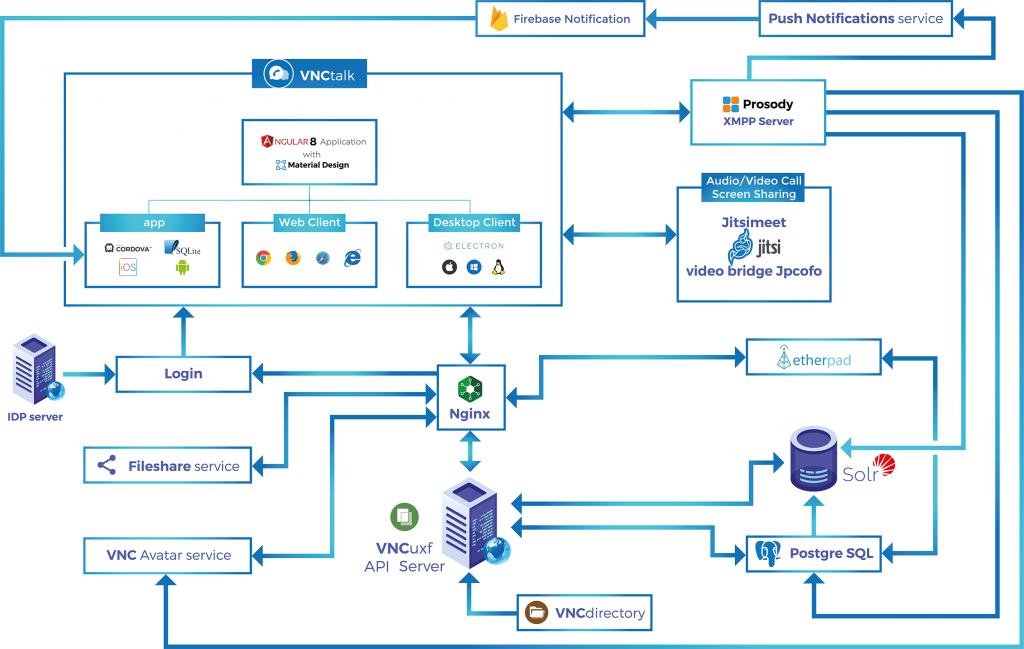
VNCtalk is seamlessly integrated into our VNClagoon stack. Start a chat or audio/video call – by simply clicking on a user in VNCmail, VNCtask, VNCcontacts etc. Use the metasearch across different VNC products to find all information on the desired topic. Alternatively VNCtalk can be integrated into your existing Open Source IT infrastructure – stay flexible and protect your digital sovereignty! VNCtalk can be used either on own servers as an on-premise solution or as a solution hosted in the private cloud.
Another important advantage is that VNCtalk allows easy scaling without being dependent on specific cloud providers!
VNCtalk is also an OEM product. This means that our partners can add their logo, CD / CI and at the same time design the frontend from the UX (User Experience) point of view.
Detailed information about VNCtalk, further technical details, pictures and the VNCtalk explanation video can be found on our VNClagoon Website, in our Release Notes, and in our VNCtalk Manual.
Please also read our blog posts with tips for successful virtual communication and collaboration:
Excellent online conferences with VNCtalk 2.6.1
Successful virtual collaboration – Our tips for video conferencing
Virtual collaboration – Part One: Successful virtual meetings
Efficient virtual collaboration: VNCtalk – New version 2.3.0
VNClagoon Apps – Efficient collaboration when working from home
Efficient virtual collaboration: Creating a guide for communication channels
Further information on all our products can be found at www.vnclagoon.com!
VNCtalk is part of our VNClagoon Business Software Stack
Read the complete (German) article of the OSB Alliance “Overcoming distances digitally sovereign” here.

